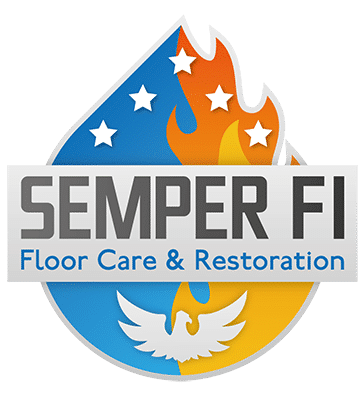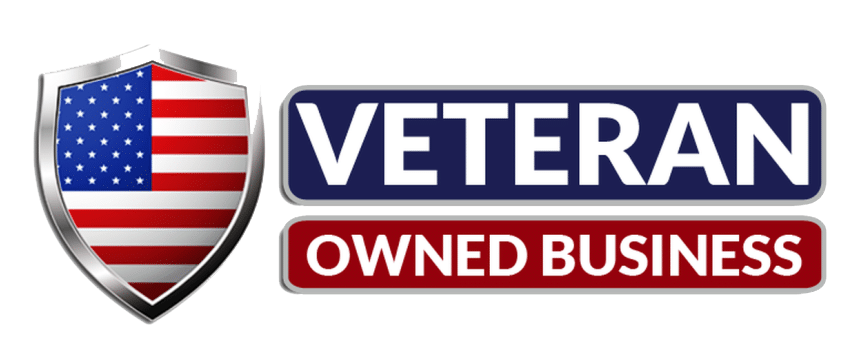Mold growth in your home is always an unwelcome sight. Damage caused by mold includes minor repairs like drywall and paint, or large projects like replacing wood beams. Often caused by small leaks and poor ventilation, when mold starts growing, complete removal becomes difficult. Unsure of how to prevent mold growth in your home? Worried that your home has mold? Call in the mold testing experts. Mold testing is one way to ensure mold does not get out of hand.
Understanding The Development Of Mold Over Time
Mold development is a gradual process that begins with the presence of moisture and organic material, providing an ideal environment for mold spores to thrive. Here’s how mold typically develops over time:
Moisture Accumulation
Mold requires moisture to grow, making damp or humid areas susceptible to mold development. Common sources of moisture include leaks, floods, high humidity levels, and condensation.
Spore Activation
Mold spores are present in the air both indoors and outdoors. When spores come into contact with moisture and organic matter, such as wood, drywall, or fabric, they begin to germinate and grow.
Colonization
Once activated, mold spores begin to colonize the affected area. They produce hyphae, which are thread-like structures that penetrate the surface and absorb nutrients. As the mold colony grows, it releases more spores into the air, further spreading the infestation.
Visible Growth
As the mold colony expands, it becomes visible to the naked eye. Mold growth often appears as fuzzy or discolored patches on surfaces, including walls, ceilings, floors, and household items.
Damage and Health Risks
Over time, mold can cause extensive damage to building materials, furnishings, and belongings. Additionally, exposure to mold can pose health risks, ranging from allergic reactions and respiratory issues to more severe conditions in individuals with compromised immune systems.
Reproduction and Spread
Mature mold colonies produce vast quantities of spores, which are easily dispersed through the air or by contact. These spores can settle on new surfaces and establish additional colonies, perpetuating the cycle of mold growth.
How Does Mold Testing Work?
Trained technicians perform mold tests and inspection. There are two ways to take mold tests: air and surface samples. For air samples, the inspector sets up a spore trap that catches particles as they pass through the device. If you use surface sampling, the inspector collects particles in one of three ways: bulk, swab, or tape samples.
The team removes a piece of the affected area with bulk samples and sends it to the lab directly. Swab sampling uses a cotton swab (or similar tool) to collect material from the suspected moldy area. Finally, a piece of tape is attached and removed from the sample area with tape samples. This method picks up mold particles from the surface.
The samples are sent to a lab for testing after collection, regardless of the method. Scientists in the lab perform tests on the materials from your home and summarize the findings in a report. If the test is positive for mold growth, we recommend working with your mold inspection team to formulate a plan for disinfection and any needed repairs.
How Can Conducting A Home Mold Test Help Prevent More Costly Damage?
Mold is a common cause of many severe health risks, as well as more extensive damage in your home. In the short term, you may experience an increase of headaches, runny nose, skin irritation, or watery eyes. Long-term health damages include bronchitis, hair loss, ear infections, nausea, other respiratory issues, and more. For the sake of you and your family’s health, testing and mitigating mold as quickly as possible is crucial.
As a homeowner, mold growth causes damages to walls, bathroom or floor tiles, and your foundation. Mold eats into the grout, drywall, and cement, breaking down the structural supports of your home. If you think mold is growing in your home, immediately call a mold testing and mediation service. Mold remediation services evaluate, test, and remove all mold growth from your home. The cleaning process ensures no mold returns to decrease your home’s value.
Consequences of Allowing Mold to Develop
Neglecting mold growth can lead to various adverse consequences for both property and health. Here are the potential ramifications of allowing mold to develop unchecked:
Structural Damage
Mold can deteriorate building materials such as drywall, wood, and insulation over time. As the mold colony expands and penetrates surfaces, it weakens their structural integrity, leading to warping, crumbling, and decay. Prolonged exposure to moisture and mold can compromise the stability of walls, floors, and ceilings, necessitating costly repairs or even structural reinforcement.
Property Damage
Mold growth can cause irreparable damage to personal belongings, furniture, and household items. Porous materials like fabric, upholstery, and paper are particularly vulnerable to mold infestation, as mold spores can penetrate deep into their fibers. Stained, musty-smelling, or visibly deteriorated items may need to be discarded, resulting in financial losses for homeowners.
Health Risks
Mold exposure can trigger a range of health problems, especially in individuals with allergies, asthma, or other respiratory conditions. Common symptoms of mold exposure include coughing, wheezing, nasal congestion, skin irritation, and eye irritation. Prolonged exposure to mold toxins can exacerbate existing health issues and lead to more severe respiratory infections or allergic reactions.
Indoor Air Quality
Mold contamination can significantly degrade indoor air quality, posing risks to occupants’ health and well-being. Mold spores released into the air can be inhaled, causing respiratory discomfort and allergic reactions. Additionally, mold emits volatile organic compounds (VOCs), musty odors, and microbial volatile organic compounds (MVOCs), contributing to indoor air pollution and unpleasant indoor environments.
Legal and Insurance Issues
Failure to address mold problems promptly can result in legal and insurance complications for property owners. Mold infestations may violate building codes, lease agreements, or homeowners’ insurance policies, leading to disputes, liability claims, or coverage denials. Property damage caused by mold may not be covered under standard insurance policies, necessitating costly out-of-pocket expenses for remediation and repairs.
Decreased Property Value
Mold-infested properties are often stigmatized and perceived as undesirable by potential buyers or tenants. Mold issues disclosed during property inspections can deter prospective buyers and lead to decreased property values. Mold remediation costs, repair expenses, and disclosure requirements can further reduce property resale values, affecting homeowners’ investment returns and financial stability.
Call Arizona’s Mold Remediation Experts – Semper Fi Yuma
Maintain your home’s value with mold testing and removal services from Semper Fi Yuma. With years of mold testing and remediation experience, Semper Fi Yuma is ready to inspect and restore your home. With our thorough mold testing and remediation process, you no longer have to worry about mold growth! Email info@semperfiyuma.com or call (928) 223-4816 to schedule mold testing today!


